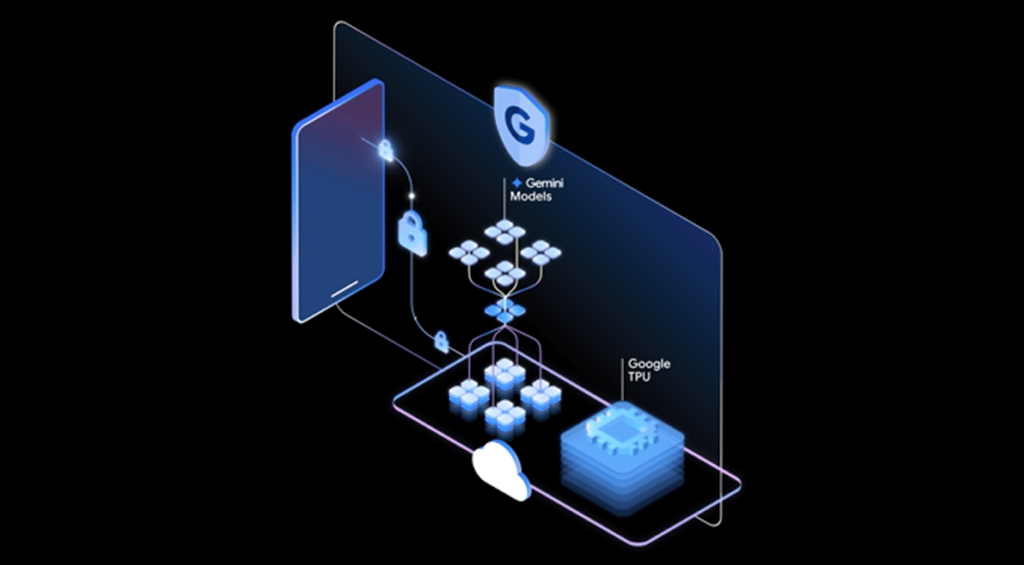Data capture is the practice of harvesting information from a wide range of sources and arranging and storing it for further study or use. The data capture process can be manual—humans encoding raw information into a digital form through data entry, for example—or automated, using methods such as optical character recognition (OCR), barcode scanning, and data extraction algorithms.
Data capture allows organizations to gather, organize, and use information for decision-making and business operations, increasing accuracy, saving time, and improving data quality. Understanding data capture and applications for its use can help your business implement it as part of an overall data management strategy.
What is Data Capture?
Data capture is the act of gathering raw data and converting it into a structured or organized format more suitable for analysis, reporting, or storage. This can include obtaining data from such physical formats as papers or forms or digital formats like websites, sensors, and databases. Data collecting methods vary. They include both manual and automated procedures.
Manual data collection requires human interaction—manually entering data into a system, for example. This can be both time-intensive and error-prone.
Automated data collection, on the other hand, uses technology to gather information from a variety of sources without the need for direct human intervention. Data capture technologies like OCR, barcode scanning, and data extraction techniques contribute to increased efficiency, precision, and speed in acquiring massive amounts of data.
Data capture is an important element in the data management process, allowing businesses to collect, organize, and use information for decision-making, analysis, and other business purposes.
How Does Data Capture Work?
The process of acquiring data varies depending on the source material and technologies, among other factors. For example, consider a retail corporation that receives paper vendor bills—these invoices are the data source, and contain critical information regarding items, quantities, price, and suppliers, and serve as the starting point for the data gathering process.
Data Retrieval and Gathering
Data from the data source is retrieved, either manually or automatically—in this example, the invoices are scanned to produce digital versions. OCR technology identifies and extracts relevant information, transforming the text into machine-readable data. The extracted data (product names, quantities, and prices) is arranged and recorded in a structured digital format, such as a database or spreadsheet.
Data Processing
The extracted data can then be used for processing—for example, to update inventory data, create financial reports, or evaluate supplier performance. Digitized data also makes it easier to integrate with the organization’s accounting or Enterprise Resource Planning (ERP) system. Data validation techniques may be performed to ensure the correctness and consistency of the acquired information, increasing the overall dependability of the digital dataset.
Data Capture Methods
As the volume of complicated data grows, the time involved in manually processing it becomes unmanageable and the chance of human-made errors increases. Companies use a variety of data collection methods to improve efficiency and accuracy while dealing with a wide range of data types and sources. Here are some of the most common:
- Optical Character Recognition (OCR)—Uses technologies to identify and extract text from photographs or scanned documents; useful for transforming physical documents to digital, machine-readable representations.
- Intelligent Character Recognition (ICR)—A more sophisticated version of OCR built exclusively for hand-printed or handwritten characters; used to process forms or papers that may contain both printed and handwritten information.
- Optical Mark Recognition (OMR)—Recognizes and collects information from designated fields, such as checkboxes or bubbles on forms; used in surveys, tests, and other scenarios where respondents select predetermined alternatives.
- Barcode—Scanners collect information encoded in barcodes; effective for gathering product information, maintaining inventories, and completing transactions rapidly.
- QR Codes—Quick Response (QR) codes contain two-dimensional information and have become an essential feature of current data-gathering technologies; they allow for quick access to restaurant menus, wifi, documents, and even email addresses.
- Web Scraping—A data collection technology that automates information extraction from websites by sending queries, analyzing HTML text, and collecting pertinent data for subsequent processing; widely used for market research, competitive analysis, and information aggregation.
- Voice Capture—Improves user experience and enables seamless interaction with voice-activated devices like Alexa, Siri, Cortana, and Google Chrome; simplifies data entry and emphasizes the growing importance of speech recognition in various applications.
7 Benefits of Data Capture
Effective data capture provides businesses with the basis for trustworthy, accurate, and accessible data, resulting in a variety of advantages ranging from operational efficiency to strategic decision-making.
External Software Integration
Many data capturing technologies may be effortlessly connected with existing software. This connection improves data flow, fosters interoperability, and guarantees that collected data may be used by several departments and activities.
Improved Accuracy
Automated data capture methods such as OCR, IMR, and others improve the accuracy of processing, organizing, and storing data. This will reduce the risk of human errors associated with manual data entry and can help organizations speed up the process.
Time Savings and Efficiency
Collecting and processing information using automated data capture methods saves time and effort over human data entry. This efficiency allows staff to concentrate on more strategic duties, increasing overall productivity and responsiveness to corporate demands.
Digital data capture allows for rapid storage and retrieval of information, allowing immediate access to pertinent data when needed. This flexibility in data access is critical for making quick choices, reacting to consumer requests, and adjusting to fast-changing company situations.
Cost Reduction
Automation of data-capturing procedures minimizes the need for human labor, resulting in cost savings for enterprises. The reduced chance of mistakes also helps to improve operational efficiency, resulting in better resource allocation and lower total operating expenses.
Security Compliance
Automated data-capturing systems frequently include security elements to secure sensitive information. Additionally, these systems may help organizations meet regulatory compliance obligations, ensuring that data handling procedures are consistent with industry and legal requirements.
Enhanced Analytics and Reporting
Effective data collection allows efficient analysis and reporting. Organizations may use the gathered data for strategic planning, trend analysis, and performance assessments, enabling data-driven decision-making across departments.
Data Capture Challenges and Solutions
Data capture can act as an accelerator for faster information organization inside businesses, but it is not without challenges. These range from potential mistakes in human data entry to complications associated with form-setting and privacy requirements, highlighting the need to establish effective solutions. The following table summarizes common challenges and solutions to address them.
| Challenges of Data Capture |
Examples |
Solutions |
| Data Entry Challenges |
Missing pages, blank fields, spelling mistakes |
- Implement automated data capture to reduce manual errors
- Real-time validation to prevent missing/incorrect information
|
| Form Setup Issues |
Setup errors lead to inaccurate data collection |
- Review and optimize web forms
- Avoid free text fields when possible
- Focus on predefined responses
|
| Privacy Concerns |
Government or regulatory guidelines, consumer complaints |
- Incorporate transparent data collection practices
- Offer incentives for customers to provide data
- Respect privacy preferences
|
| Training for Manual Capture Methods |
Training staff who do manual data entry |
- Implement training
- Use templates to maintain consistency and accuracy in transcribed data
|
| Real-time Data Storage Challenges |
System downtime affects data storage access |
- Seek advanced data capture methods
- Employ retroactive, historical, and predictive analysis
- Integrate data capture channels
|
How To Get Started in Data Capture
A strategic data capture program can improve your organization’s data processing and analysis, but getting started can require investment and effort. The following steps will get your organization started and help ensure success:
- Identify Data Points—Data classification guarantees where the data gathered is useful and contributes directly to your overall goals.
- Choose a Capture Method—Choosing the right data capturing methods to meet your specific needs can streamline the data collection process, increasing accuracy and efficiency.
- Establish Policy—Create clear procedures and policies for data collection, storage, and consumption; these rules establish a framework that assures compliance, security, and ethical behaviors, fostering trust among stakeholders.
- Invest in Staff Training—Provide training on data-capturing technologies and procedures to ensure that your staff has the skills required for optimal use.
- Optimize and Improve—Regularly review and adjust your data collecting procedures in response to changing demands and technological developments to keep your strategy dynamic and in sync with your organization’s changing needs.
Bottom Line: Maximize Your Data Capture Potential
Data capture is an important method for accelerating information organization, since it increases productivity and provides a doorway to a simplified and error-free data management process. Automated data capture methods can further improve efficiency and accuracy, making it possible to more consistently take in large amounts of data with fewer errors.
These solutions not only address such issues as data degradation and real-time storage constraints, but enable strategic decision-making and operational excellence, making data capture a critical driver of an organization’s performance and success.
Data capture is just one component of a larger data management strategy. Read about best practices for enterprise data management to learn more.









